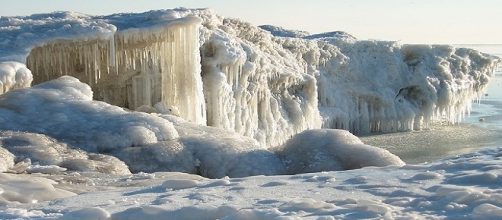As winter is approaching, many of us think with pleasure of the winter holidays and the gifts that will be shared with the loved ones. The vast majority sees the cold season as an idyllic period. But there are others who during this period are subject to a real endurance test.This is the case of residents of Oymyakon that is the coldest permanent human settlement on Earth.
Oymyakon is a small village located near the Polar Circle. It counts around 500 inhabitants. Administratively, the town is part of region Sakha from the Russian Federation. Here, residents are virtually isolated from the rest of the world.
The closest city, Yakutsk, is more than 500 miles away and is also the capital of the region Sakha or Lakutia.There are no access roads such as the railroad. In winter, the only way to get here is a journey with the car from Yakutsk,travel that takes a few days if you do not encounter problems along the way. During the winter, no planes land here due to extreme cold.
In this town, in 1933, was recorded the lowest temperature in history regarding the northern hemisphere of the Earth. Then, mercury in thermometers fell at a dazzling pace and ended up at the value of -71.3 degrees Celsius. In this village during the winter, temperatures of -50 degrees are considered as being usual.As a curiosity, school closes only when the temperature falls below this value.Perhaps many will wonder how people manage to survive under these conditions.
The answer would be simple: Human beings have a huge capacity for adaptability to hostile environmental conditions.
At this northern end of civilization, humans have adapted. Their main food consists of different types of meat: reindeer, horse, cow.But people have gotten used to this diet. It is also "seasoned" with a very high consumption of vodka.
But in all this "cold paradise" there are some paradoxes: The name of the village means in local languages "place that never freezes" - thanks to some hot springs located nearby, and in the summer months (June, July and August) temperatures often exceed 30 degrees Celsius (plus).

